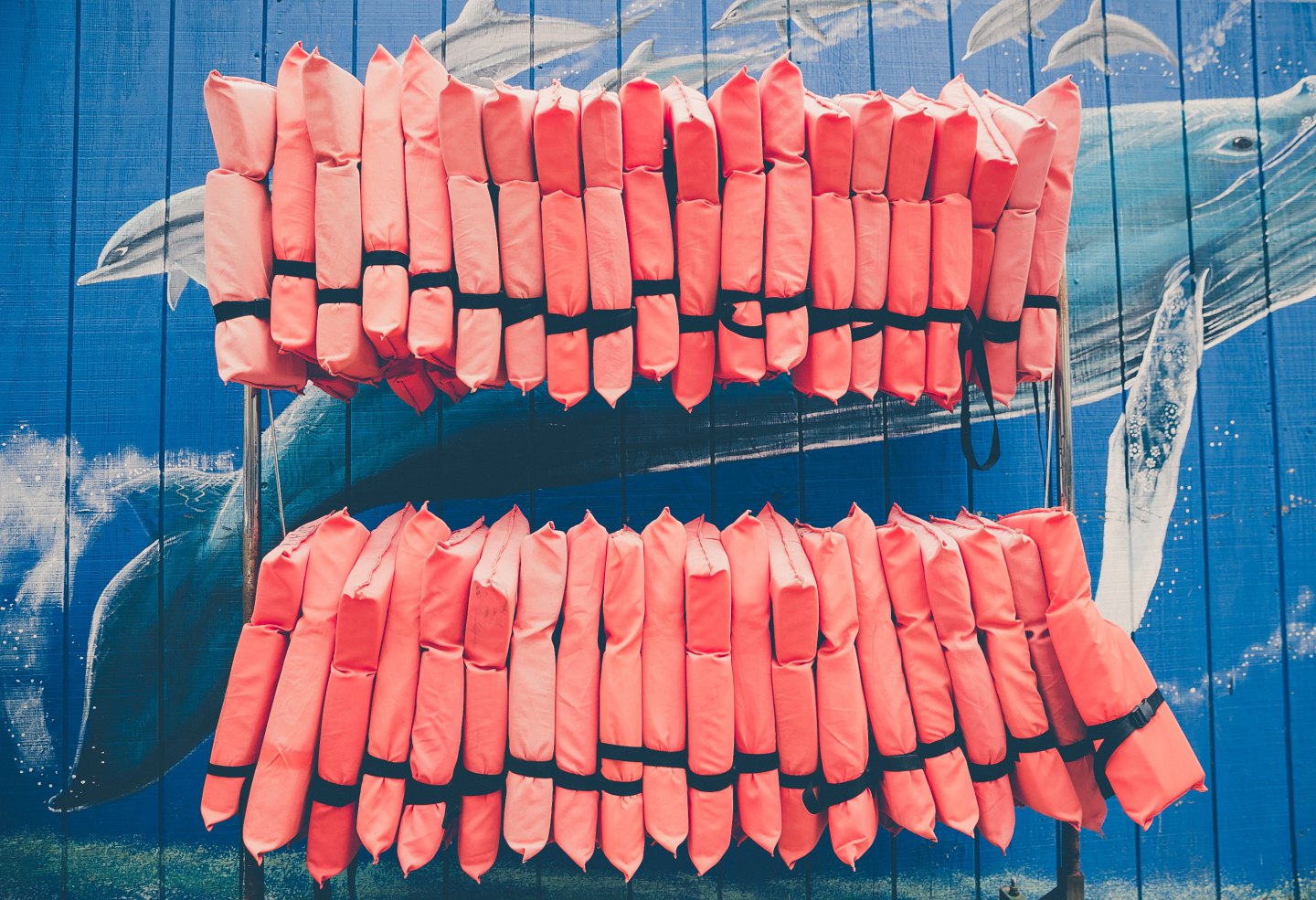If you are like me, you’re still trying to wrap your head around the devastation from the hurricane in Texas, the hurricanes in the Caribbean & Florida, the earthquakes in Mexico, the floods in South Asia, and the inhumane DACA rescinding decision. If you’re also like me, you may panicking over how to actually help those families in need and not just be another social media post in #internetland.
So:
How do you help those who have lost everything– their homes, their jobs for the foreseeable future, or even loved ones?
Full disclosure: I don’t have the answer. I personally donated to three organizations: Ramakrishna Mission (South Asian flood relief), Team Rubicon (Hurricane Irma/Veterans) and Global Giving (Mexican Earthquake/Local NGOs) after extensive talks with my brilliant friends and family.
I thought I’d share some of their advice on how they donate their time or money:
1. Donate Blood.
If you can’t make a financial donation, consider donating blood. It’s free (!) and it’s needed desperately. Find your local blood drive here.
2. Donate Supplies.
If blood isn’t your thing, consider sending in specific supplies. There are medical supplies organizations, like Portlight that provide relief for people with disabilities or Direct Relief, that deliver prescription drugs and medical supplies. You should also seriously consider sending specific items like diapers, undies, bras and menstrual products because human bodily functions don’t stop for natural disasters. (I wish).
3. Think Internationally
Obviously, there is a lot going on in the US right now, but it’s important to think internationally. Nepal, Pakistan, India and Bangladesh have endured a record amount of severe monsoon rainfall. Approximately 1,200 people have died and millions of people have been displaced. The earthquake in eastern coast of Mexico- particularly in Oaxaca- has resulted in 90 confirmed deaths and the islands in the Caribbean- such as Barbuda and Turks & Caicos are completely devastated.
It can be hard to find a reputable place to donate domestically (points 6&7), so it may feel impossible to donate effectively abroad. Global Giving is a global fundraising platform for connects nonprofits, donors and community organizations across the world. Global Giving is a highly rated nonprofit and carefully vets the local nonprofits it funds, so you can have some confidence your money is going to the right place.
Side note: I personally donated to Ramakrishna Mission who have boots on the ground for the flood victims, Team Rubicon and to Global Giving’s efforts for the Mexico Earthquake and Hurricane Relief fund.
4. Support Veterans
I recently read about a wonderful organization called Team Rubicon that hires veterans and them to lead recovery and relief efforts for natural disasters. You can donate and track their progress here. I love the idea of investing in people who are often overlooked but have the perfect skillset for emergency disaster relief. I did make a small donation and will continue to research them as they are not on Charity Navigator (see below).
5. Volunteer (or at least sponsor a Volunteer Program)
This organization- All Hands- was recommended by a friend and featured on Charity Navigator. You can read their transparency report here. You can donate cash directly, to a smaller collective, start a fundraising program, or donate time. All Hands works after first responders, working with FEMA assisting as a liaison with local organizations helping with the rebuilding process.
6. Support Small Organizations
I try to support smaller and more established organizations that have worked in the community before disaster struck. These organizations, in my opinion, are more effective in delivering relief and are in greater need of funds. This is hard– these smaller organizations spend less time marketing themselves (so they will not come up on your google search) because they are actually helping out. For example, my mother- genius woman of life- reached out directly to G’s mom in Texas to ask her if her church was accepting donations. (Yes, they are). My mom has sent money that she knows will go directly to the less talked about- low-income, “communities of color” neighborhoods outside of Houston. Win for all. Some larger organizations spend more time on optics over care. If you’re struggling, see the next point.
Puerto Rico Relief:
7. Do Your Research
No matter if you are donating to a small or larger organization, please PUH-LEASE research the organization. Yes, even if your favorite athlete, politician, celeb du jour advocated for it in a tweet. The FTC provides a helpful checklist on how to safely donate. The BBB Wise Giving Alliance and two other watchdogs, Charity Navigator and CharityWatch, have released lists of more than a dozen highly rated groups- like Direct Relief– that are position to effectively help. The last thing you want to do is donate your hard earned money and not have it go towards a family in need.
A note for online donations: I highly recommend setting up Apple Pay or using Pay Pal when doing your online donations.
8. Be a consistent volunteer
I find that the easiest way to avoid becoming overwhelmed is to give consistently through the year. This is probably the hardest action you can take. I do recognize that some people cannot give time or money. If it is an option, please consider doing one of the following.
the basic volunteer
And I mean as in #BASIC, like a “plaid shirt wearing, PSL lovin’, I’ll probably snapchat about this later.” You can start small (and honestly, I feel a little more superficially) by doing things like…signing up for Amazon Smile. For every eligible purchase you make, 0.5% of the price goes to your selected nonprofit.
the “I want to but” volunteer
Dip your toes in the water with some infrequent volunteering. For any one in the New York Area- New York Cares is a great organization that allows you to do “on-demand” volunteering. Sign up, and search through different volunteer opportunities from cleaning parks, volunteering at food banks, teaching older people computer skills, leading yoga classes….all based on when you have the time.
the “A+” volunteer
Make a weekly commitment. I swear by the VITA Tax Program to prepare tax returns for low income families and people with disabilities. It is the MOST meaningful thing that I have done in a long time. Every week, I meet dozens of families, briefly learn about their different life circumstances, and apply my tax knowledge to get them the best return possible. It’s personally gratifying to walk away knowing that you’ve gotten X amount of money back for a family that you know needs every single dollar to survive in the city. I will say that it’s challenging. You must invest a lot of time- to learn and qualify to prepare taxes, to commute to remote parts of the city, to spend an hour with each family going over mundane parts of the people’s financial lives. But I think it’s worth it to be an active and contributing part of our community. I love getting to meet (and learn from) other people and spend that time to do something I wouldn’t normally do in my every day, non-tax season life.
I hope this helps. Seriously comment below and I will keep this post updated.




Leave a Reply